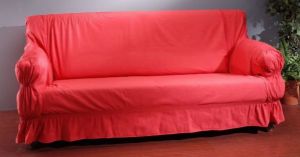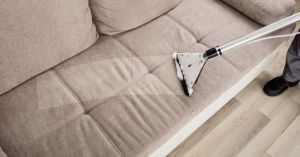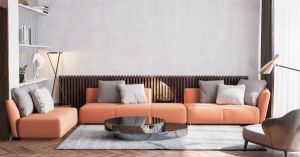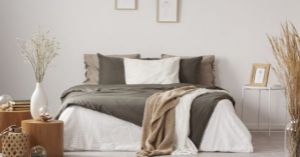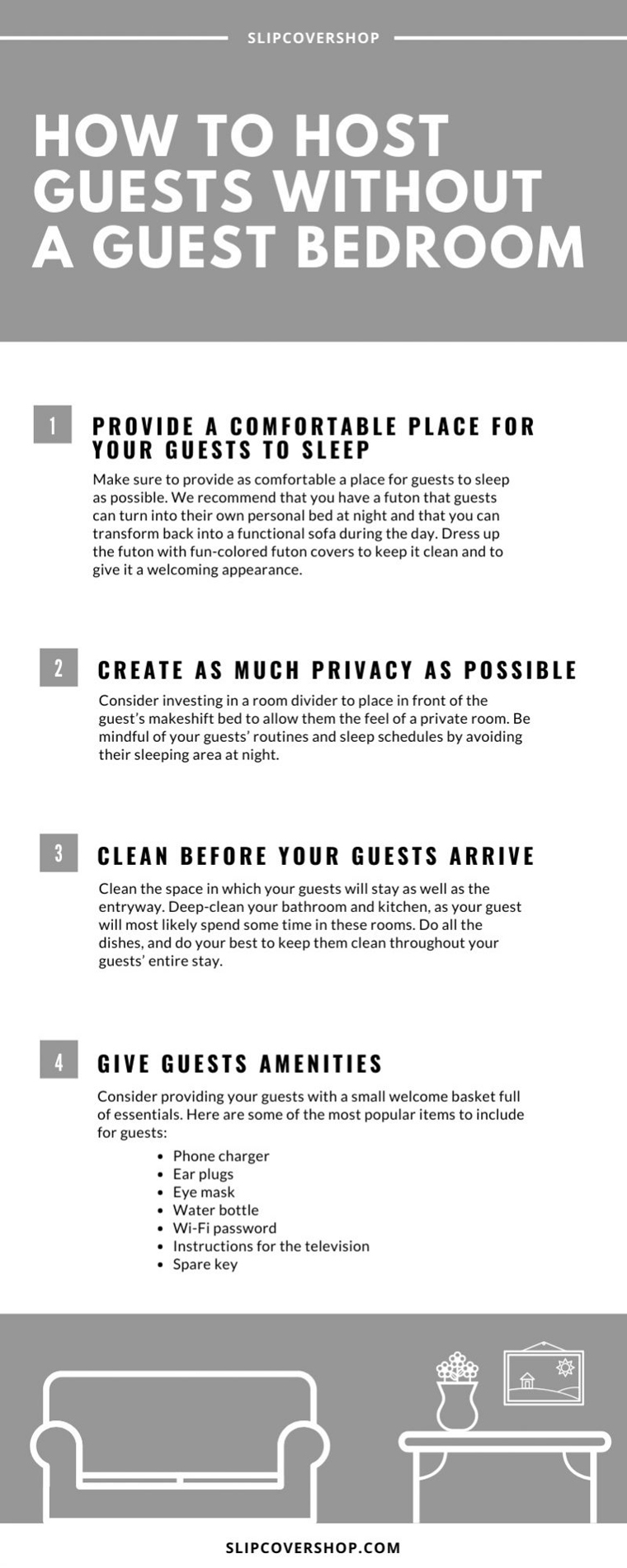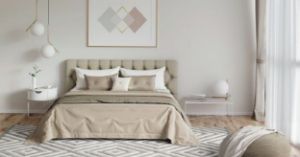Libraries are place where everybody can find something to do. Different libraries are set up for different demographics. There are libraries on college campuses, inside schools, and in the community, available for everyone’s use. No matter the library, most could use a bit of a redesign. The old model of shelves and shelves of books and minimal options for seating or meeting is quickly going out of style, especially with the onset of the digital era. Libraries everywhere are on the cusp of being rethought, redesigned, and reinvented to better fit the needs of an evolving society. Many people still rely on libraries for a reliable and quiet study spot, a place to escape the weather, a place to discover and read about new things, and a hub for community events and presentations. Libraries are staples in communities across the globe and should continue to reflect the needs and desires of its patrons and community members. Check out this guide on ways to rethink your library space to keep it up to date, functional, and a key point in the community it services, no matter if that community is college students, children, or an entire neighborhood or town.
Add color
Adding color to your library allows for unique customization to each section of the space. Different colors elicit different psychological responses in people, so creating rooms with varying color schemes can allow for people to find their most optimal space. Color can really affect people’s moods and focus, so having a variety of neutrals and bright colors in every space is important. Don’t be afraid to experiment with subtle patterns and to mix and match colors. Some people find visually stimulating rooms appealing.
Design the space for flexibility
A space that is flexible and adaptive in regard to the needs of the group or the individual is essential for a forward-thinking library. Libraries are collaborative spaces. Everybody has a different preference on what their optimal reading, working, or enjoyment space should look like. To better accommodate different needs and people, try to create an open-concept space that can be broken up and divided or opened and shared. Lightweight furniture that is easily rearrangeable is another great update to your library. This way a group of college students can come in and arrange for a small group collaboration at one point in the day and an adult can come in to read alone and move a chair back to a solo position. Allowing people customizability is a great way to rethink your library. Tables that can be pushed together or taken apart easily are another great idea. This way people can gather in large groups, small groups, or individually, based on need. This will also help to keep your library fresh. Every time someone enters the library the appearance is slightly different, adding a bit of excitement to their trip.
Offer a variety of seating options
Different chairs suit different activities and different people. It’s important for modern libraries to move away from the old model of standard chairs and tables and move into the future where people expect comfort, options, and flexibility. Consider providing couches and cozy chairs in addition to standard tables and chairs. Also consider investing in a few desks, both small and large. This can make the library space much more accessible for people’s needs. A person working remotely can choose a large desk to stay focused and productive while a student group coming to finish assigned readings can lie on the couches or sit on large pillows on the ground. Try to work in both collaborative workspaces and solo study options.
Keep it cozy
Coziness is key. People often work best if they are in a comfortable setting. Make your library as comfortable, yet functional, as possible. Keep in mind the previous section about seating and make sure you have comfortable seating options in addition to traditional ones. Consider alternative spaces such as nooks within larger rooms and transform them into cozy sanctuaries for those who want to be comfortable and work on their own. Play with the lighting and offer varied light settings in different rooms. Some rooms should have standard industrial-type lighting, as this setting works for some people. Other rooms may offer soft, yellow light provided by lamps instead of fluorescent overhead lighting. This softer light appeals to others. Adding pillows to couches and nooks can make the space feel less industrial and homier and more welcoming. Since it is a public place, make sure to employ wedge bolster covers, which can be easily removed and washed as needed.
Provide modern amenities
A modern library should house modern amenities. This means consider providing your patrons with chargers for their different devices. High-speed wireless internet is a must-have for any public place nowadays, but especially a library where people come to learn and work. Be sure to post the Wi-Fi login and password clearly and in many places throughout the building for ease of access for everybody. If your library has the budget, consider loading up the desktops and library-owned laptops with in-demand software for people to use. This can help create an educational environment and even help to provide important resources for those who may otherwise not have the opportunities to work with these software programs.
Design with consumer needs in mind
Think about the patrons of the library and why they’re there. Taking these reasons in mind, set up your space with their ease of use and comfort in mind. For example, consider repurposing different rooms for different reasons, such as a quiet room, a “loud” room for group study, and a few “in between” options. This way people who work well with background noise have a space, and people who need quiet to get work done have a space. Another thing to do to show you’ve considered the patrons’ needs is to situate as many chairs, couches, and tables near outlets. This way those working on laptops or other devices have a place to plug in, just in case batteries are running low. Overall, there are plenty of ways to rethink your library space. You know the way your community wants to use the library space better than anyone, so trust your instincts. If you get stuck or simply want to make sure you’re on the right track, you can always reach out with a survey looking for ideas and desires of locals for their library.

